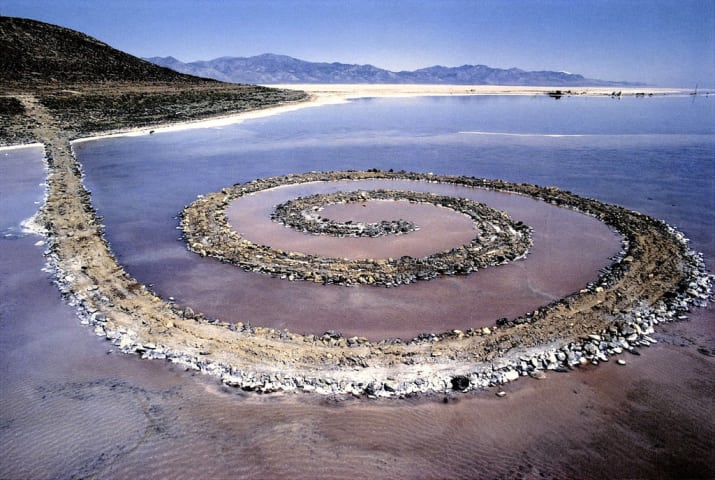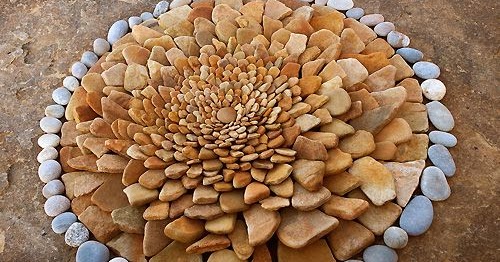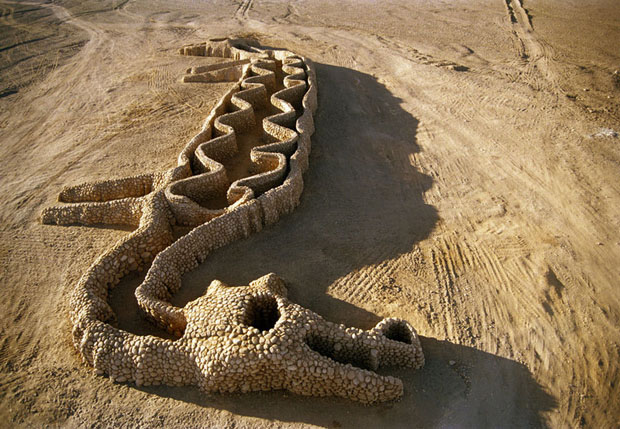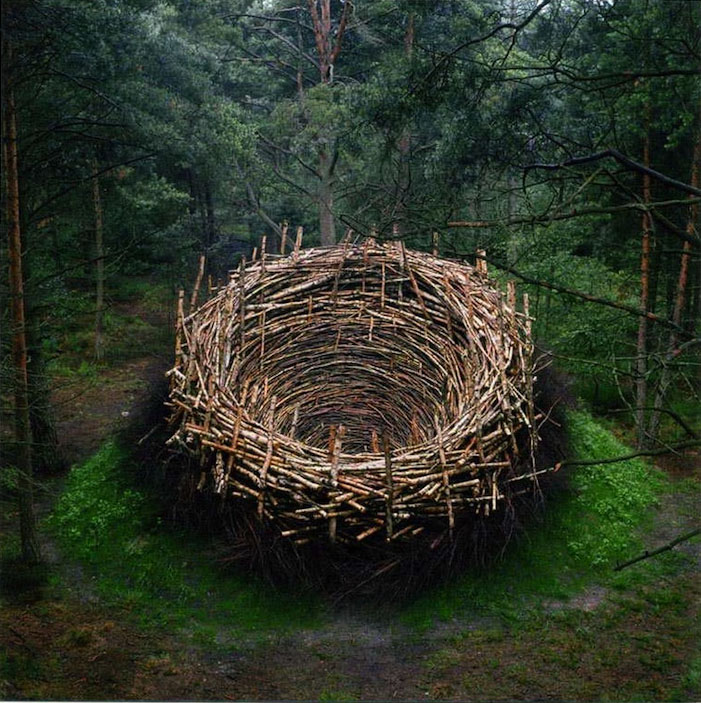Land art is an artistic technique whose creation uses elements of nature, more specifically spaces and natural resources found in nature. It is a contemporary art form that emerged in the United States in the 1960s in a movement led by Robert Smithson, in an attempt to increase public awareness of the relation between man and nature, intervening in the landscape from a series of constructions thought-provoking. The movement made its first appearance in an exhibition called “Earthworks” in 1968 in New York, with artists from all over the world. However due to the need of high financial investments for the creation of the works, it suffered an early decline already in the decade of 70 with the economic recession of the time – a decline that got even more declined with the death of its pioneer Robert Smithson in 1973.
Nevertheless, although it is a characteristic movement of the second half of the 20th century, the use of natural elements and earth materials to artistic expression was a common practice among ancient cultures, long before the term “art” was coined. In modern times, many artists in the Land Art movement were also related to Minimalism and Cubism, in a way that Land Art was also associated with other art forms. Scholars of this movement claim that it started with the Minimalist Movement, which is based on the idea that art must exist on its own, seeking to distance itself from the artist’s subjectivity, values that are also present in the Land Art. Besides, in modern times, Land Art is considered as a decisive art change towards the outside environment, in a rapprochement between human beings and nature.
It is characterized by ephemeral arts, which modify the landscape, creating new forms and instilling emotions in the spectator. The artists seek in nature a form of reflection, calling attention to the greatness of this nature. The creations are diverse, and they can haev a wide variety of shapes and dimensions, from large-scale works, with vast common areas of landscape, to simple lines of footprints on the earth. Artists, like Voorwold, highlight the therapeutic aspect of this art form; besides bringing the potential to highlight the environment in its own beauty, an ideal that dialogues with a more sustainable approach to artistic creation.
It can be said that Land art was also a protest by several contemporary artists against the commercial straitjacket imposed by galleries and materialistic art dealers. Considering this, the landscape would be the means by which art would gain life and meaning by itself. Ironically, however, many of the projects demand a high cost to be completed (purchase of land, use of earthmoving equipment, etc.), thus requiring financial support from the system they criticized. In addition, the works are usually located in remote places sought only by a small and privileged portion of the population, being accessed in many situations only from the air, making this an elitist type of art, contradicting the original principle that contributed to its development. Nowadays, some artists try to minimize such problems, resorting to smaller and easier projects, and making great use of photography and filmography to extend the work’s reach to different populations, and also to eternalize a work that is in its essence ephemeral.
This acceptance of its ephemerality comes from the understanding that Land Art goes far beyond a mere focus on nature, but also encompasses respect towards it, creating art with what is found in the place and leaving it there, understanding that we don’t own nature and we can only have it again in memories and records.
Here are some examples below:




References:
http://64.130.23.120/land-art.htm
https://www.ufmg.br/museumuseu/paisana/html/leituras/landart/01txt.htm

It is a very good useful article I like to read such articles Anneliese Eldridge Adaha